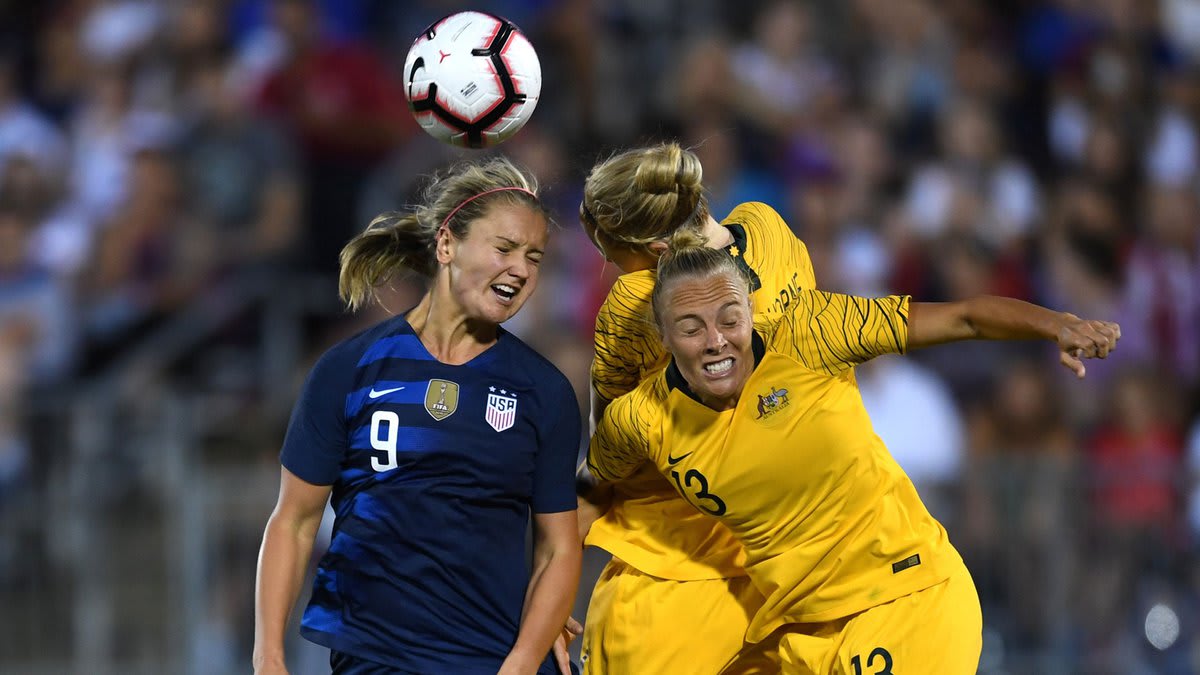Like Brandi Chastain, a star of the 1999 FIFA Women’s World Cup, are drawing attention to the health risks faced by younger players. To learn about the latest scientific advances in head injuries to the brain, Scientific American published an interview with Robert Cantu, professor of neurosurgery at Boston University School of Medicine and co-founder of Sports Legacy. Institute.
What is the scientific evidence that heading a soccer ball can cause brain damage?

Our results and the findings of other researchers show that heading a soccer ball can contribute to neurodegenerative problems, such as chronic traumatic encephalopathy. Researchers who have closely followed soccer players have noted a close relationship between the number of heads a player makes and the presence of brain abnormalities.
There have also been studies in which researchers compared soccer players to swimmers. The swimmers’ brains were perfectly normal. While the brains of the soccer players presented abnormalities in the nerve fibers of the white material. Nerve cells transmit their messages to other nerve cells through nerve fibers or axons. If the brain is violently shaken enough, a person may have a disruption in the nerve fibers.
What are the effects of these brain abnormalities from nodding?
There is no age to determine when it is safe or not to start or stop shooting the ball. Stock Photo. Shaking the brain excessively violently can lead to cognitive symptoms, including memory problems, as well as behavioral and mood disorders, such as anxiety and depression. Other symptoms include problems with sleep, dizziness, and headache. We have not yet followed up on these abnormalities over the years. Those studies are ongoing. Do these anomalies disappear with time or not? We don’t know the answer yet. It’s probably a bit of both.
Is there a force threshold below which a person can safely head a ball?
The science is not there yet. We don’t even have a threshold that predicts the linear and rotational accelerations needed to cause a concussion.
Are heading injuries seen later in life, once the person has left the courts?

Linear forces are measured in gravity values (g), and we have measured blows in various sports of up to 150 g where the person has not had a concussion and we have had other individuals where blows of only 50 g or 60 g have caused them shocks. With the other types of forces – forces other than rotation or twisting – which are measured in radians per second squared, we also don’t know what the force is necessary to produce concussions.
We also do not have good control over the threshold necessary to produce a mild concussion, which is blows to the head that do not produce symptoms, but do produce observable structural changes on neurological images.
Why does science take so long to understand the effects of concussions on the brain?

It’s a difficult topic. You have biomechanical forces that can be measured, such as linear acceleration and rotational acceleration, but we are dealing with a human and not an inert object in a laboratory. There are a lot of biological factors that go into whether or not that human has a concussion: how many concussions they have had before, the severity of those concussions, and how closely they occurred.
Other factors to take into account are: age –it is easier to suffer a concussion at a younger age and recovery is slower–; the strength of your neck – if you have a strong neck, the possibility of a concussion is significantly reduced -; state – if you are dehydrated you are more likely to have a concussion -; and sex – women are more prone to concussions than men.
